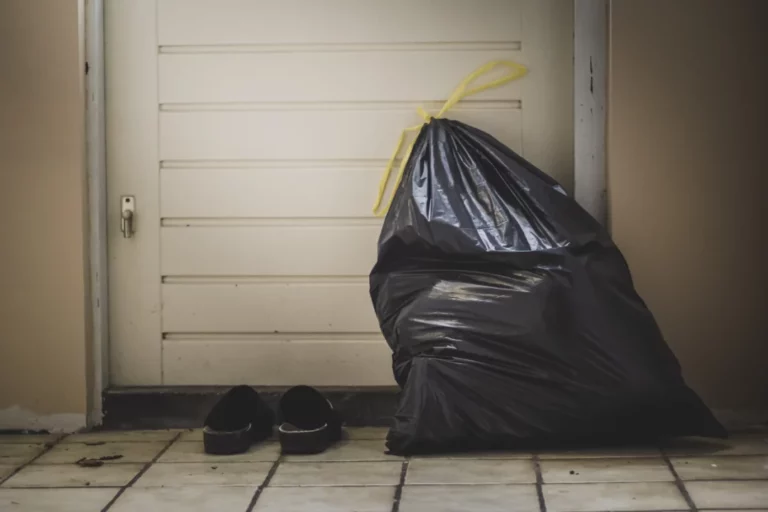Is Cellophane Recyclable?
Unveil the truth about cellophane: Is it a recycling hero or a villain? Join us on a journey to explore the recyclability of cellophane and uncover sustainable alternatives that will redefine your packaging choices.
We all know that plastic waste is a significant problem in today’s world. From water bottles to grocery bags, plastic is everywhere, and it’s not going away anytime soon. One common type of plastic that many people wonder about is cellophane. Is cellophane recyclable?
In this blog post, we will explore the truth about cellophane and its recyclability, as well as some sustainable alternatives.
What Is Cellophane?
Cellophane is a thin, transparent film made from plant-based materials. Unlike other plastic films, cellophane is made from wood pulp, cotton linters, or other natural materials. It was first invented in the early 1900s as a moisture-proof and heat-sealed packaging material.
Cellophane is often used as a wrap for food items, such as sandwiches, fruits, and vegetables. It is also used for gift wrapping, flower bouquets, and other decorative purposes.
Get Your Hand on Your Eco-Friendly Living Starter Guide!
Cellophane Vs. Plastic Wrap

Many people confuse cellophane plastic with plastic wrap, but they are two different materials. Plastic wrap is a type of synthetic plastic made from polypropylene or other materials. It is often used for food storage, as it creates an airtight seal around the food.
While both cellophane and plastic wrap serve similar purposes, they are not the same thing. Cellophane is a more eco-friendly option than plastic wrap because it is made from natural materials and can be composted or recycled.
Is Cellophane Recyclable?
The answer to whether cellophane is recyclable is complicated. Most cellophane products are technically recyclable, but they cannot be recycled in the same way as other materials. Cellophane cannot be recycled in the recycling stream along with other plastics because it is not a synthetic plastic.
However, cellophane can be recycled in certain specialized facilities that are equipped to process it. These facilities use a process that involves treating the cellophane with a dilute sulfuric acid solution, which dissolves the cellulose in the material. This process breaks down the cellophane into a pulp that can be used to make new products.
Unfortunately, not all recycling facilities have the equipment or expertise to recycle cellophane properly. If you’re unsure whether your local recycling facility accepts cellophane, it’s best to contact them directly to find out.
Compostable Cellophane Bags

Another option for disposing of plastic cellophane is to compost it. Some cellophane bags are labeled as “compostable,” which means that they will break down in a compost pile under the right conditions.
Compostable means that a material will break down into natural, non-toxic components when it is disposed of properly. This is different from biodegradable materials, which simply break down into smaller pieces of plastic but do not necessarily decompose.
Composting cellophane is a more sustainable alternative to throwing it in the trash or recycling it. When cellophane is composted, it breaks down into its natural components and can be used to fertilize plants and crops.
Read More: The Best Alternative To Ziploc Bags: Top 7
Sustainable Alternatives To Cellophane
If you’re looking for a sustainable alternative to cellophane, there are several options available. Some companies are now producing eco-friendly cellophane alternatives that are made from plant-based materials and are fully compostable.
Other sustainable packaging options include paper-based materials, such as paper bags or paper wrap, and reusable containers, such as glass jars or stainless steel containers. These options are not only better for the environment, but they can also help reduce waste and save you money in the long run.
Read More: 7 Reasons Why You Need To Replace Plastic Cooking Utensils
Advantages Of Cellophane Recycling

Cellophane is a thin, transparent film made from plant-based materials that can be used for packaging, gift wrapping, and other decorative purposes. Although it cannot be recycled in the same way as other plastics, cellophane can be recycled in specialized facilities that are equipped to process it. There are several advantages to recycling cellophane, including:
Environmentally Friendly
Cellophane is a more eco-friendly alternative to plastic wrap because it is made from natural materials and can be composted or recycled. When cellophane is recycled, it breaks down into its natural components and can be used to fertilize plants and crops. This helps reduce waste and prevents harmful chemicals from entering the environment.
Cost Savings
Recycling cellophane can also help to save money in the long run. By recycling cellophane, companies can reduce their overall waste disposal costs and create a more sustainable packaging process. Additionally, recycled cellophane can be used to create new products, which helps to reduce the cost of production for those items.
Reduced Carbon Footprint
Cellophane recycling also helps to reduce a company’s carbon footprint. Because cellophane is made from plant-based materials, it requires less energy and resources to produce than other forms of plastic packaging. Additionally, when cellophane is recycled, it does not require the same amount of energy or resources as when producing new packaging materials. By reducing their reliance on virgin material for packaging, companies can help to reduce their overall carbon footprint.
Improved Sustainability
Recycling cellophane also helps to promote sustainability in a variety of ways. By producing less waste and using fewer resources, companies can help to create a more sustainable production process. Additionally, recycled cellophane can be used to create new products, which helps to reduce the need for virgin materials and further supports sustainability efforts.
Read More: The Best Loofah Alternative That Keeps You & The Environment Clean
Disadvantages Of Cellophane Recycling

Despite the environmental benefits, cellophane recycling is difficult due to the lack of specialized facilities. Cellophane is often too thin or lightweight to be recycled in traditional plastic recycling centers and must instead be sent to specialized facilities that are equipped to process it. This can make cellophane recycling costly and time consuming for companies, which can discourage them from participating in the process.
Inconvenience
Cellophane recycling also requires a significant amount of planning and organization on the part of companies. In order to participate in cellophane recycling, companies must first identify a specialized facility that can accept it, arrange for transportation to the facility, and ensure that the cellophane is properly sorted and separated. This can be inconvenient and time consuming for companies, which can further discourage them from participating in the process.
Inaccurate Identification
Additionally, there is a risk that cellophane may be incorrectly identified and sent to traditional plastic recycling centers rather than specialized facilities. This can cause problems for those centers, as cellophane cannot be recycled in the same way as other plastics and can contaminate other recyclable materials. This can lead to additional costs and delays in the recycling process, which can further discourage companies from participating.
Read More: 7 Eco-Friendly Ideas To Help You Become A Sustainable Blogger
Conclusion:
Cellophane recycling can be beneficial for companies looking to reduce their overall waste disposal costs and carbon footprint. Additionally, it helps promote sustainability by reducing the need for virgin materials and creating new products from recycled materials. Despite these benefits, cellophane recycling can also be difficult due to the lack of specialized facilities and require a significant amount of planning and organization on the part of companies.
Read More: 7 Sustainable Plant Based Fabrics That Are Just As Good






